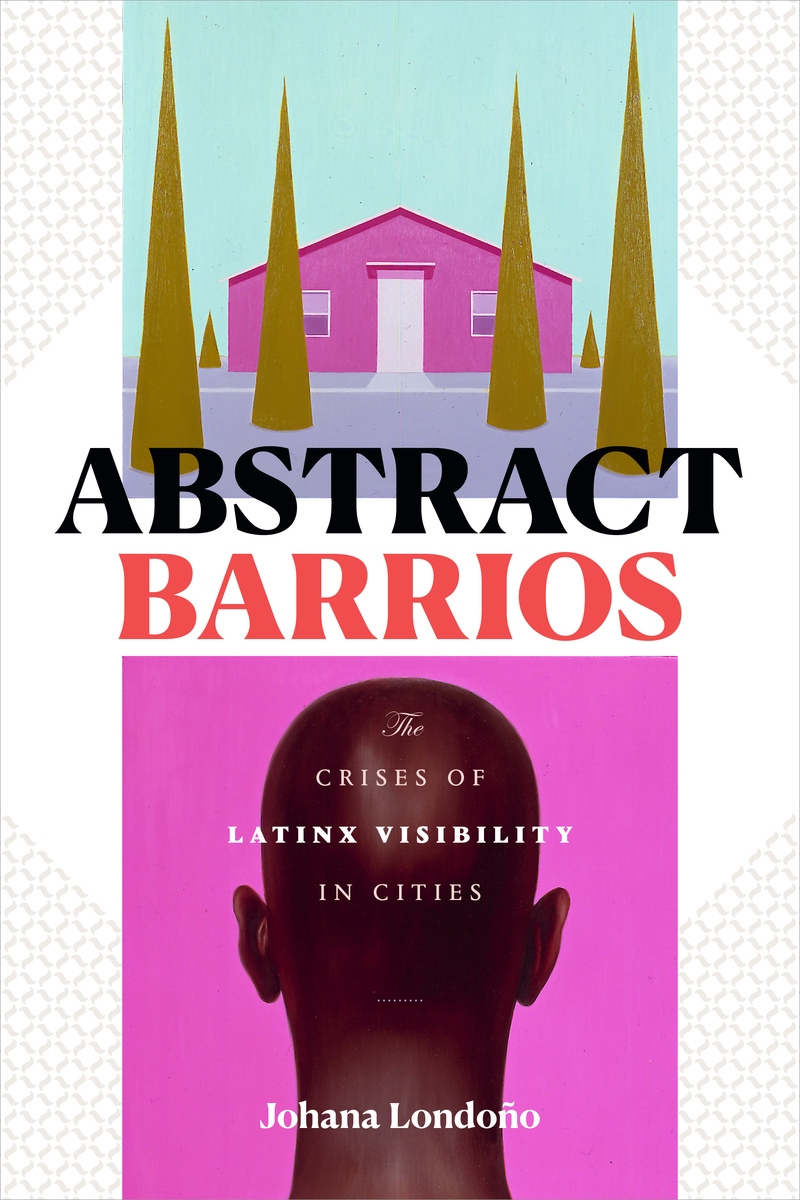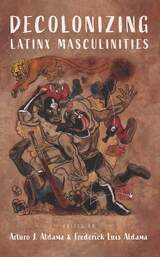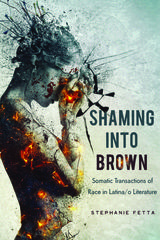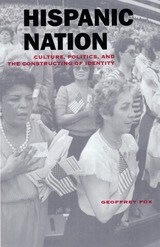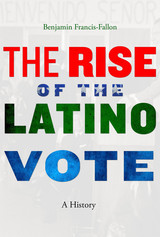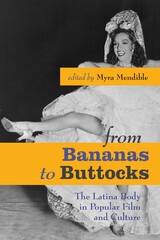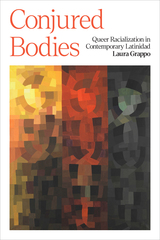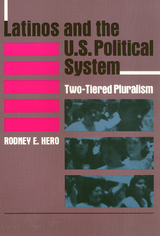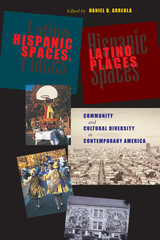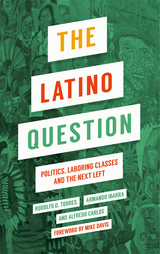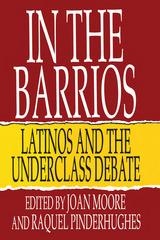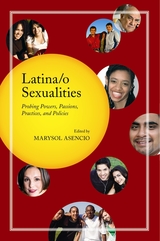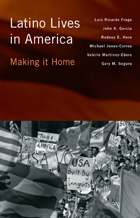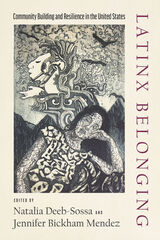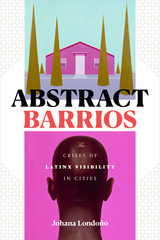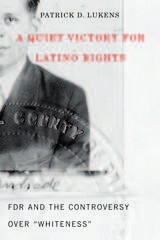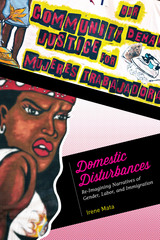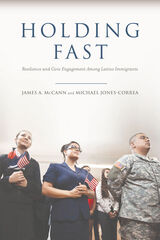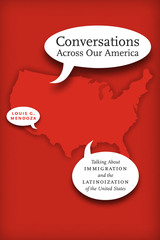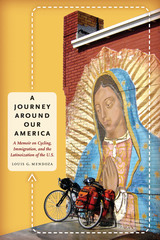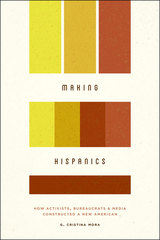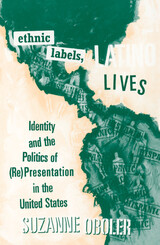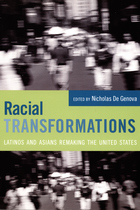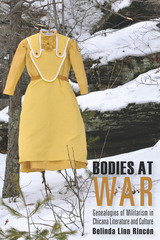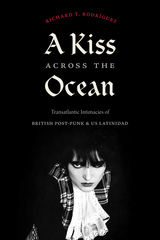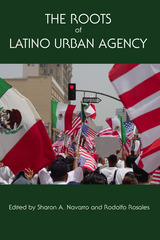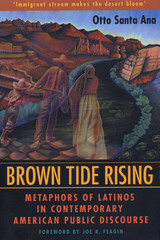Abstract Barrios: The Crises of Latinx Visibility in Cities
Duke University Press, 2020
Paper: 978-1-4780-0965-8 | Cloth: 978-1-4780-0879-8 | eISBN: 978-1-4780-1227-6
Library of Congress Classification E184.S75L67 2020
See other books on: Cities | Crises | Gentrification | Hispanic Americans | Urban policy
See other titles from Duke University Press
Paper: 978-1-4780-0965-8 | Cloth: 978-1-4780-0879-8 | eISBN: 978-1-4780-1227-6
Library of Congress Classification E184.S75L67 2020
ABOUT THIS BOOK | AUTHOR BIOGRAPHY | REVIEWS | TOC | REQUEST ACCESSIBLE FILE
ABOUT THIS BOOK
In Abstract Barrios Johana Londoño examines how Latinized urban landscapes are made palatable for white Americans. Such Latinized urban landscapes, she observes, especially appear when whites feel threatened by concentrations of Latinx populations, commonly known as barrios. Drawing on archival research, interviews, and visual analysis of barrio built environments, Londoño shows how over the past seventy years urban planners, architects, designers, policy makers, business owners, and other brokers took abstracted elements from barrio design—such as spatial layouts or bright colors—to safely “Latinize” cities and manage a long-standing urban crisis of Latinx belonging. The built environments that resulted ranged from idealized notions of authentic Puerto Rican culture in the interior design of New York City’s public housing in the 1950s, which sought to diminish concerns over Puerto Rican settlement, to the Fiesta Marketplace in downtown Santa Ana, California, built to counteract white flight in the 1980s. Ultimately, Londoño demonstrates that abstracted barrio culture and aesthetics sustain the economic and cultural viability of normalized, white, and middle-class urban spaces.
See other books on: Cities | Crises | Gentrification | Hispanic Americans | Urban policy
See other titles from Duke University Press
